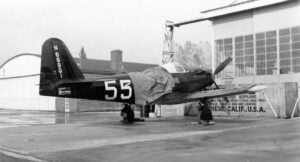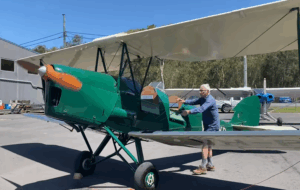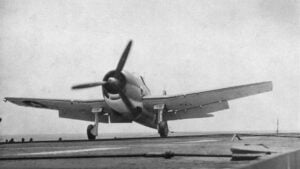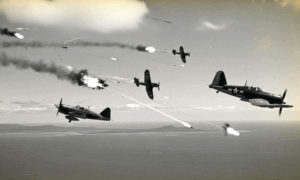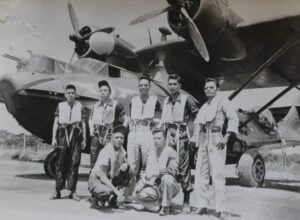How Merlin Got Better And Better
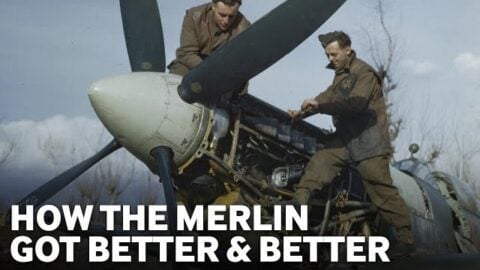
YouTube/ Imperial War Museums
When people think of the Rolls-Royce Merlin, names like Spitfire, Hurricane, Mustang, and Lancaster immediately come to mind. But behind the roar of these iconic aircraft was an engine that evolved continuously throughout WWII—becoming one of the most important technological achievements of the war.
Origins of a Legend
The Merlin’s story began in 1933 as the PV-12, a private venture by Rolls-Royce. Early prototypes produced 900–990 horsepower, but with development and the introduction of 100-octane fuel—thanks in part to American research—the Merlin found its stride.
By the time it powered the first Mk I Spitfires and Hurricanes, the engine was producing over 1,100 horsepower. At just 27 liters (1,650 cubic inches), it was a compact V12 with enormous development potential.
Early Flaws—and Solutions
As revolutionary as it was, the Merlin wasn’t without issues. Negative-G maneuvers would flood its carburetor, choking the engine—an obvious problem in a dogfight. It also used ethanol glycol as coolant, a highly flammable fluid vulnerable to enemy fire. Both issues were later addressed through improved designs and safer, pressurized coolant systems.
American Production Power
When the P-51 Mustang was married to the Merlin engine, it became one of the most effective fighters of the war. To meet growing demand, Rolls-Royce licensed the design to Packard, who, using American mass-production methods, built over 55,000 engines between 1942 and 1945. By mid-war, Merlins were being churned out on both sides of the Atlantic—by Rolls-Royce in Britain, and Ford and Packard in the U.S.
Evolution Through Combat
The Merlin’s performance kept improving throughout the war:
-
1,350 hp in the Spitfire Mk V
-
1,650–1,700 hp in the Mk IX and Mk VIII
-
And by war’s end, an astounding 2,050 hp in the twin-engined de Havilland Hornet
The Hornet, originally intended for Pacific operations, was one of the fastest piston-engine fighters ever built, but it came too late to see combat.
Final Impact
By 1945, over 150,000 Merlin engines had been produced. They powered everything from high-altitude interceptors and long-range bombers to even some British tanks (in a de-rated form called the Meteor).
While it wasn’t flawless, the Merlin’s balance of power, reliability, and scalability made it the beating heart of the Allied air war. Its legacy is written not just in specs, but in the victories it helped win.















